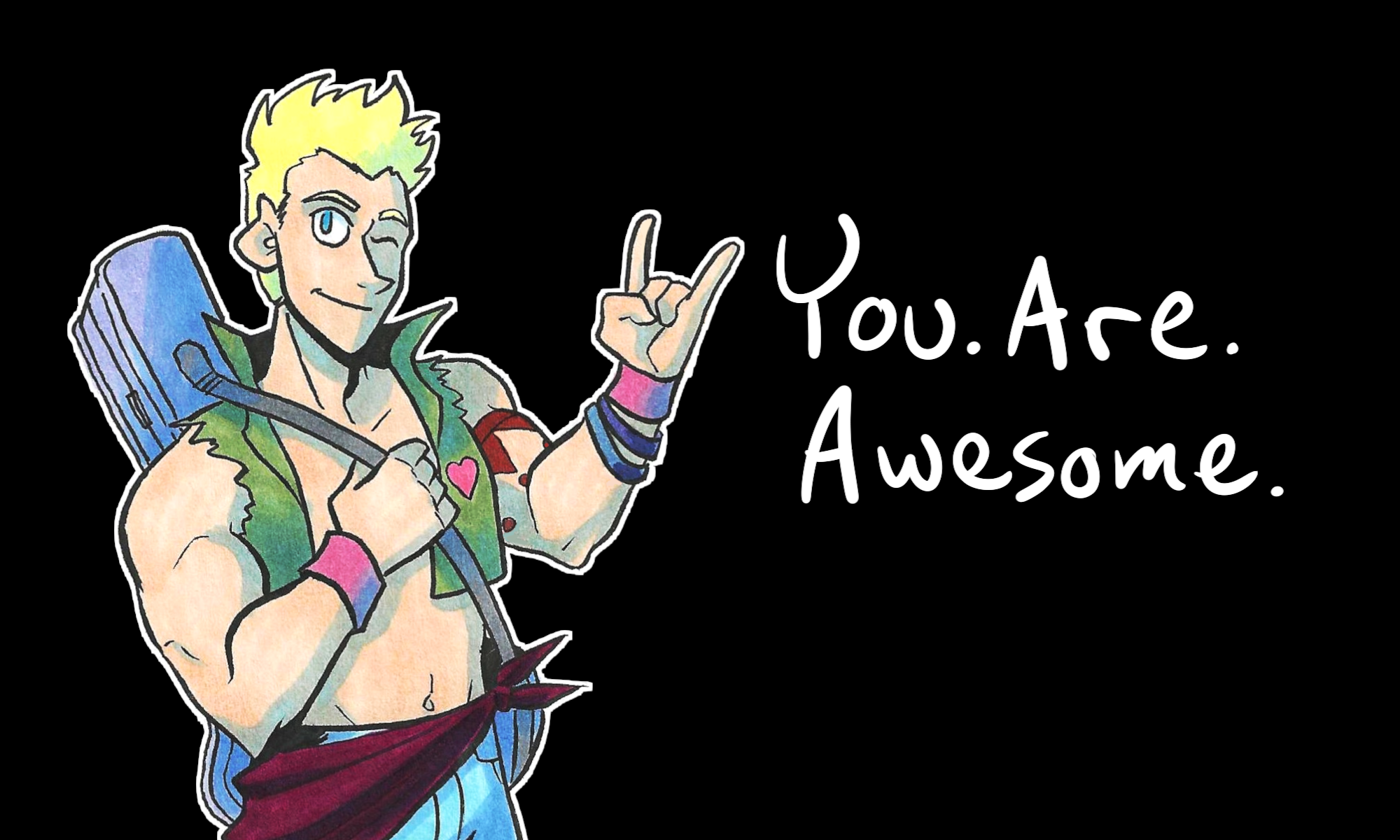You’ve been talking to this person, and this person wants to hire you to make an illustration for them. They have a deadline to get it done. The best part? They want to pay you!
But before you jump the gun and start working on this masterpiece, you need to do one very. Very. Very. Very. Important thing.
Write a contract.
Don’t run away. This isn’t a root canal. I’m going to make this as clear and painless as possible.
I understand that there’s a nasty taste in your mouth when you say “contract.” That’s more than likely because you’re used to contracts from phone companies, insurance folks, or other people who generally want to separate you from thousands of your hard-earned (or stolen) dollars.
Trust me, I don’t like those people either.
That’s why your contract is going to be much more awesome than that.
Keep in mind that I haven’t been freelancing for very long, but I write up all of my contracts myself. And after having to deal with other contracts and other legal forms myself (mostly from hospitals due to a car accident), I do my best to make all my contracts as clear and concise as possible. I want to show you my method so you can get a good idea of how the process works.
Here’s how you do it.
The first step actually happens before you write the contract.
The first step is to talk to the person who wants to hire you, say you want to write a contract to protect the both of you, and discuss what you want covered on the contract.
What you want covered on the contract is:
The Deadline.
How long the project will take. If it takes longer or shorter, talk to them about adjusting your fees to account for changes in the schedule.
The Fee.
This is probably the hardest part for beginning freelancers, because you don’t quite know what you’re worth yet. When pricing, remember these:
- The Timeline. The shorter the project, the less you can charge.
- Your Materials. Digital tools like Photoshop are expensive, but you only buy it once and you’re good to use it repeatedly (unless your computer breaks). However, mediums like oil paints are not like that. Oil paints (and other paints, for that matter) are cost per tube, and who knows how many tubes you need for this project?
- Their budget. If they’re a non-profit that you trust, you probably shouldn’t be charging. But if the person works for a small company or they run their own business, talk to them about the budget honestly. If they don’t know their own budget, ask them to think about it and get back to you later. If they know their budget, keep within that frame.
- Charging per hour vs. per project. The both of you will have to talk about which of these you feel most comfortable with. My own personal preference is to charge per project (like, say $200 per illustration) because my schedule is very flexible. I’ve done one project that paid an hourly fee, which can add up quickly if the project takes a while. Be sure to talk to your client about this.
- Rights. I’ll be talking in more detail about this in the next post, but here’s what you need to know now: if you keep the rights to the art, charge less, because you can re-use that image again. If you are selling the rights off, charge more. Like, a lot more than you usually would.
- Miscellaneous charges like shipping (if they want a physical copy or the original work).
These are guidelines to help you start. There will more than likely be other things to keep in mind when pricing, but these are the baselines.
When you’re pitching a price with the person you want to collaborate with, know your worth. You don’t work for free (or for T-shirts or sandwich coupons), unless it’s for a worthy nonprofit organization. You have a skill your potential partner lacks, and they want your skill.
But Don’t be an ass. Be prepared to negotiate, if necessary. If you must negotiate, start with a higher number and work your way towards a fee you and your future partner are comfortable with.
Another thing to keep in mind when writing contracts:
Cancellation Terms
These are terms you both agree on in the event that the project cannot be finished, or is otherwise discontinued. This can happen anytime, so be prepared. Set up an agreement between the both of you to determine who gets paid what and what happens with the work made for the project up to that point.
Rights
This will be covered in the next post, but it is important in your contract to outline who has rights to what. The reason it’s a separate post is because rights can get complicated (in case you haven’t noticed, a lot of problems people have with contracts is that they either don’t read, or they don’t double-check, the rights, and they screw themselves over).
In All of This, Remember that You are Making This Contract To Protect the Both of You.
Emphasis on the BOTH OF YOU. You are awesome, sure, but your future collaborator saw your awesomeness, so you need to see theirs too. They have rights just as much as you do, and they want what you do: work, and a chance to do something great with someone else.
This is just Part 1 of a series about How to Write a Contract. Next time I’ll be talking about the tangled nature of rights and how they can be divided, and what that means to you and your future collaborator.
Thanks for reading!

One Reply to “How to Write a Contract, Part 1: Talk to Your Partner”